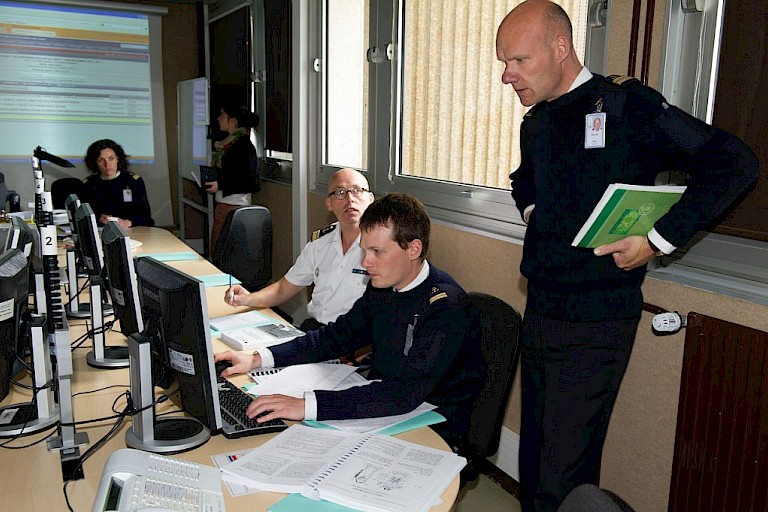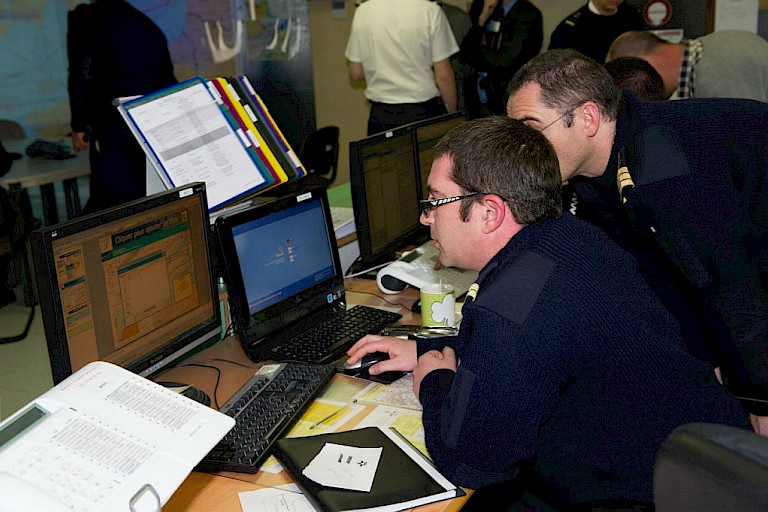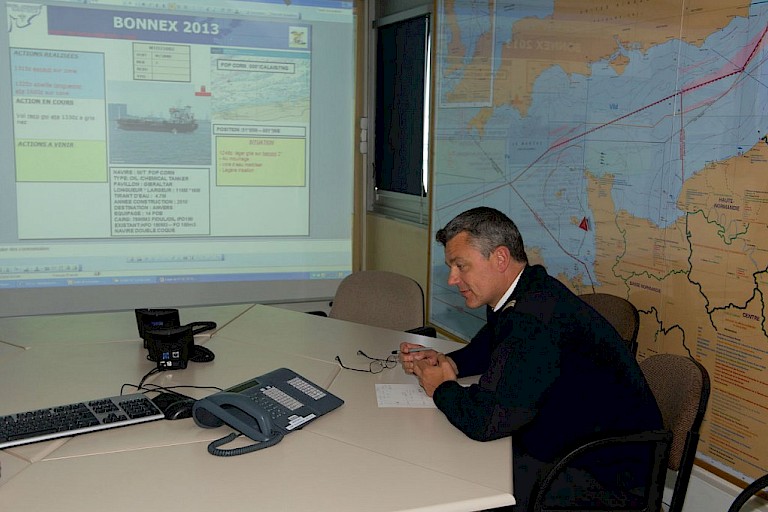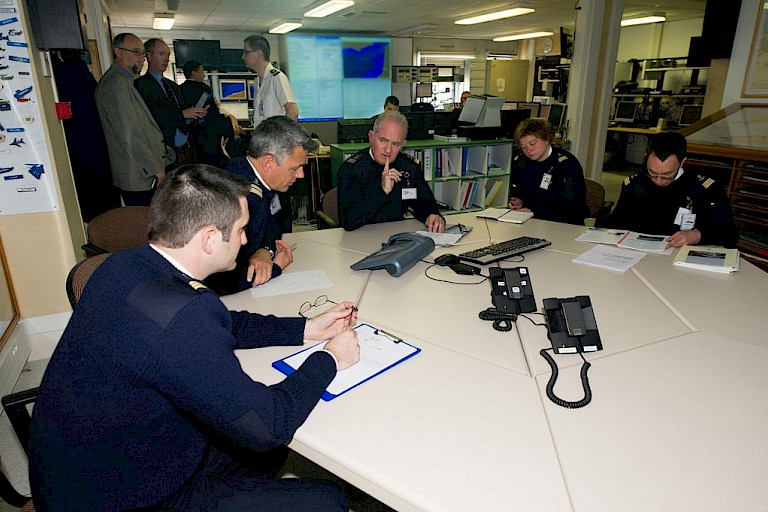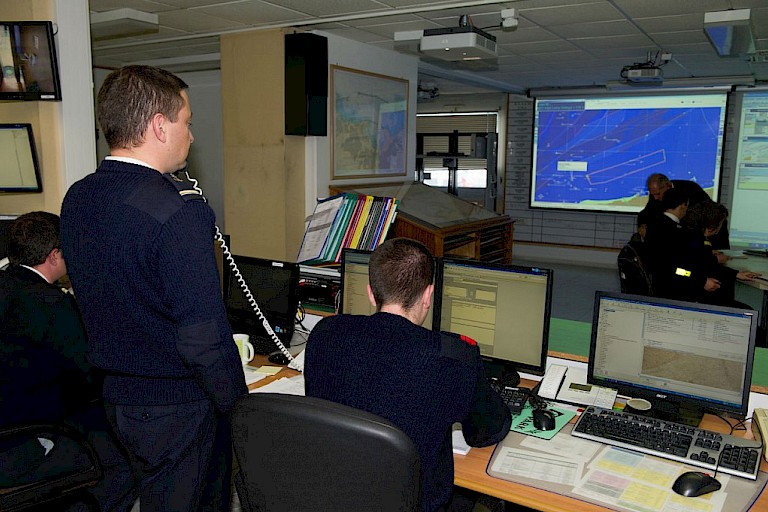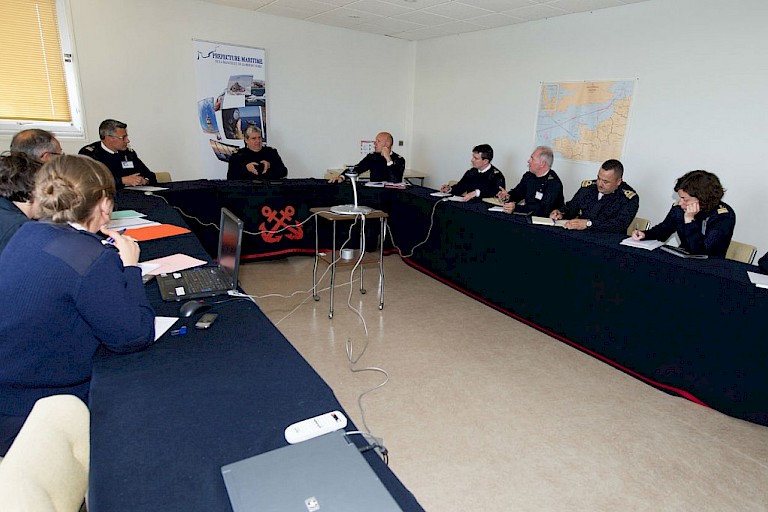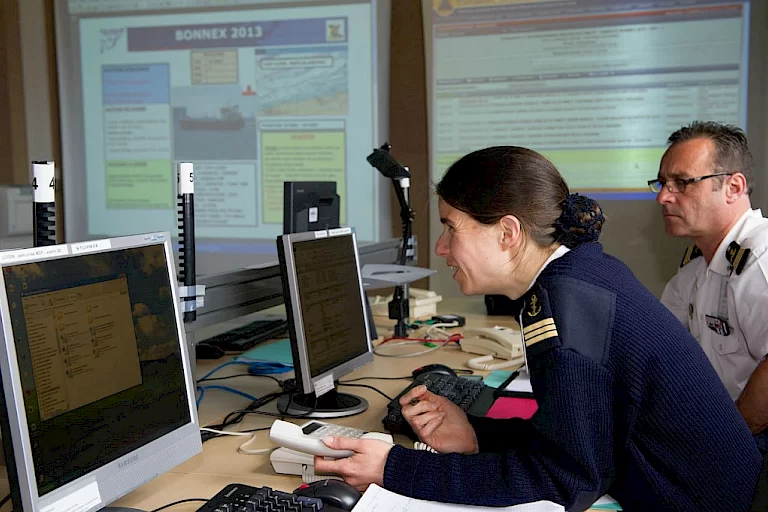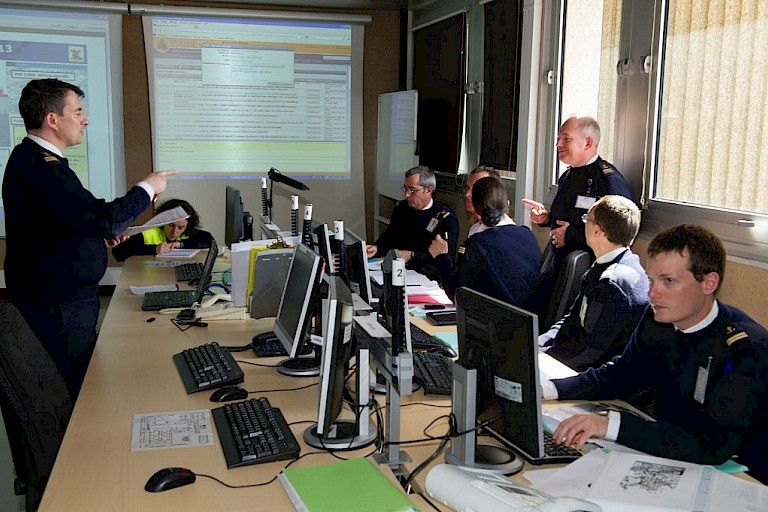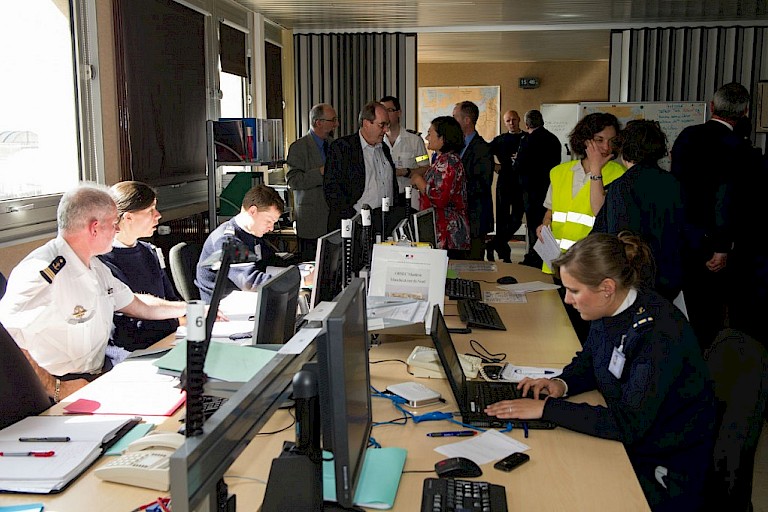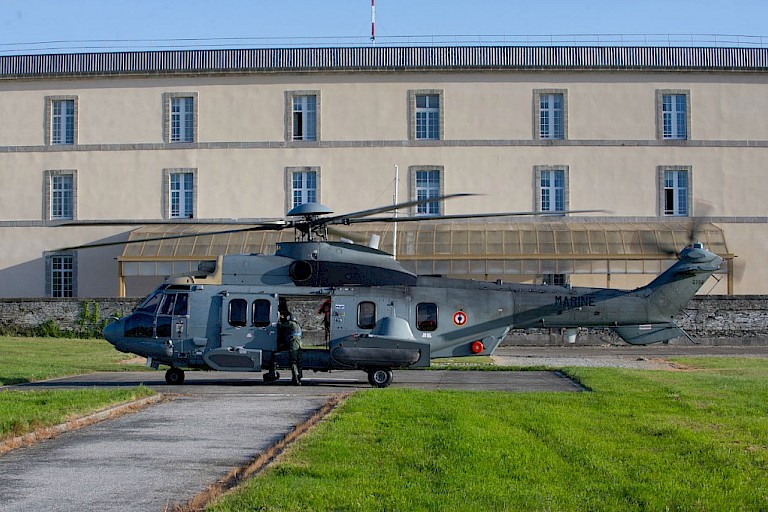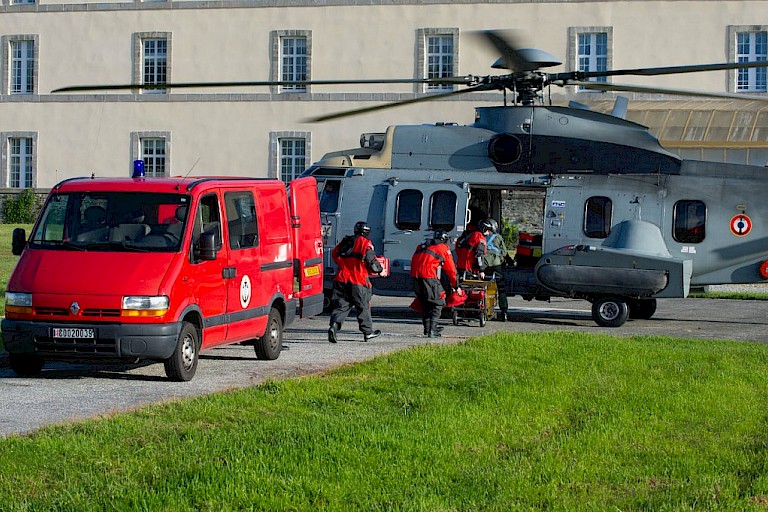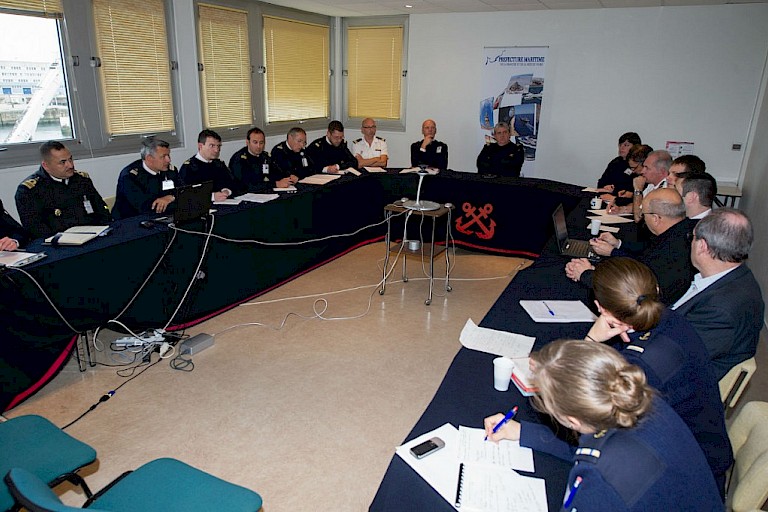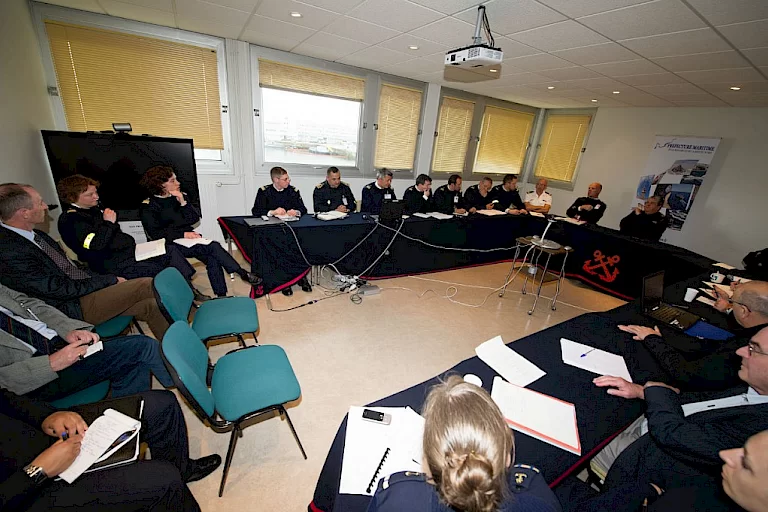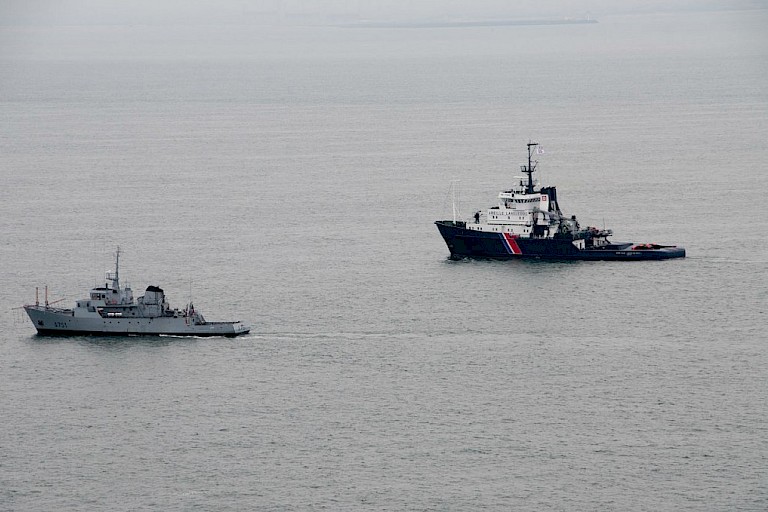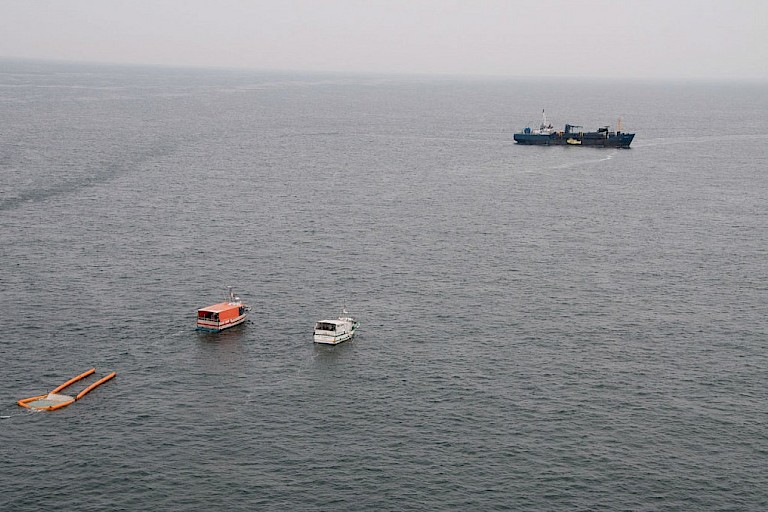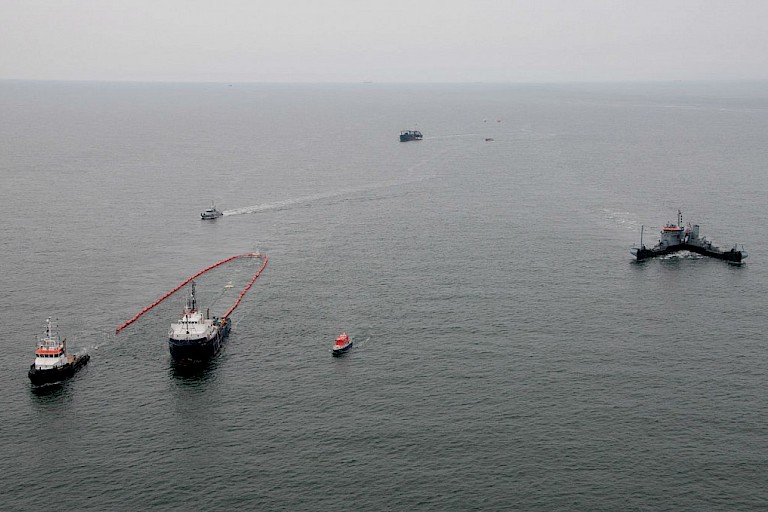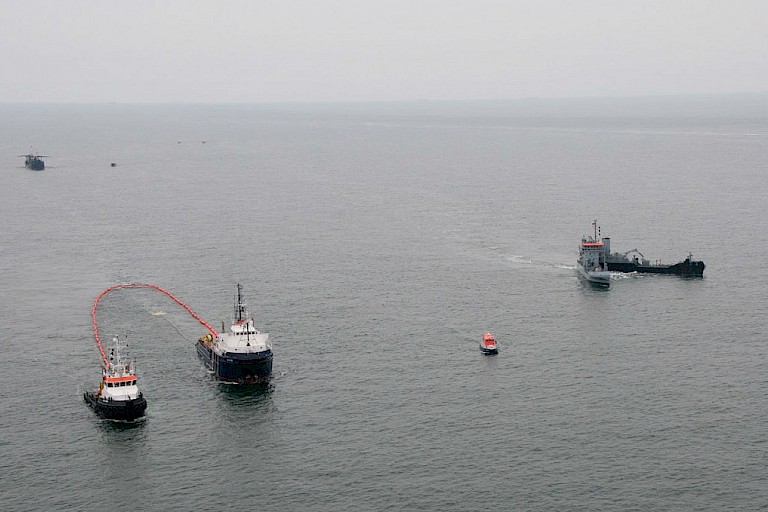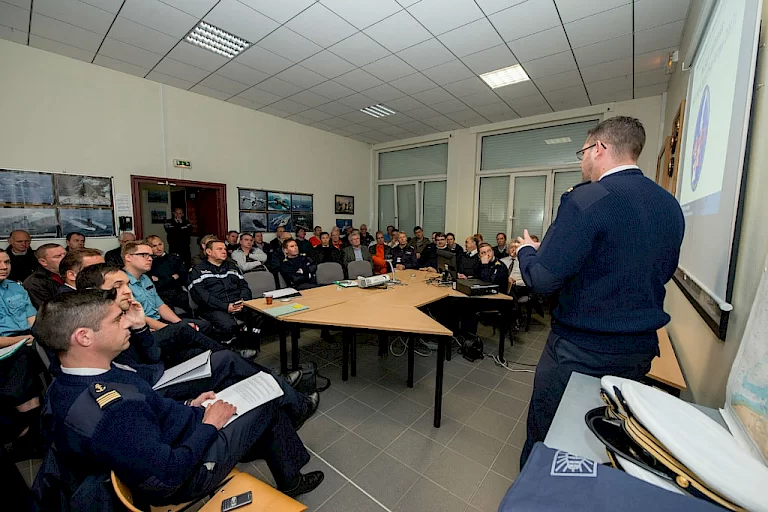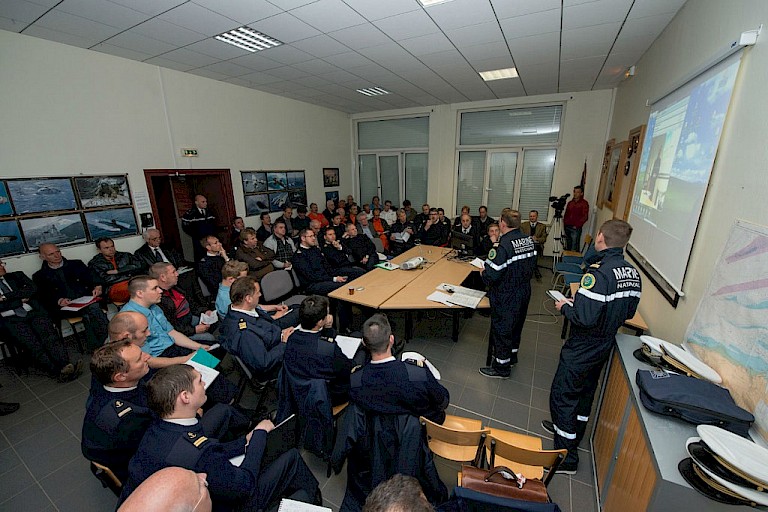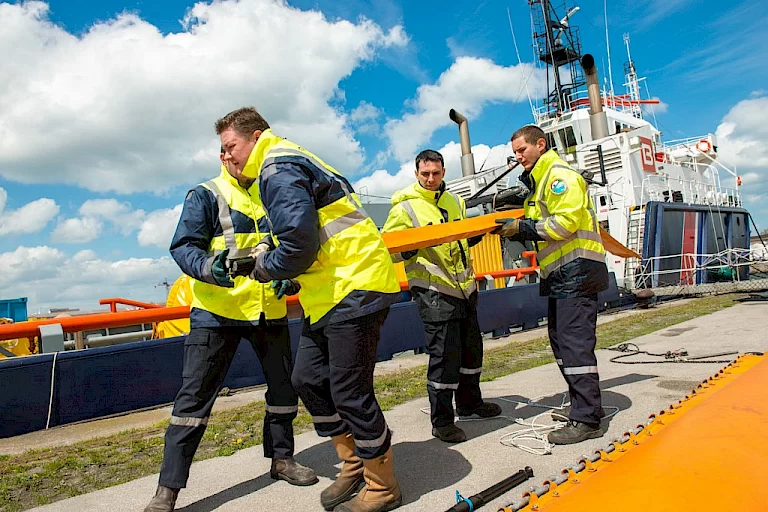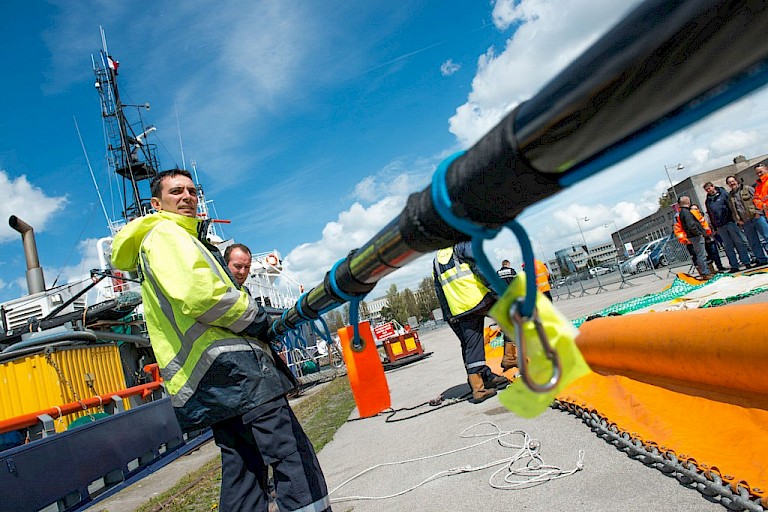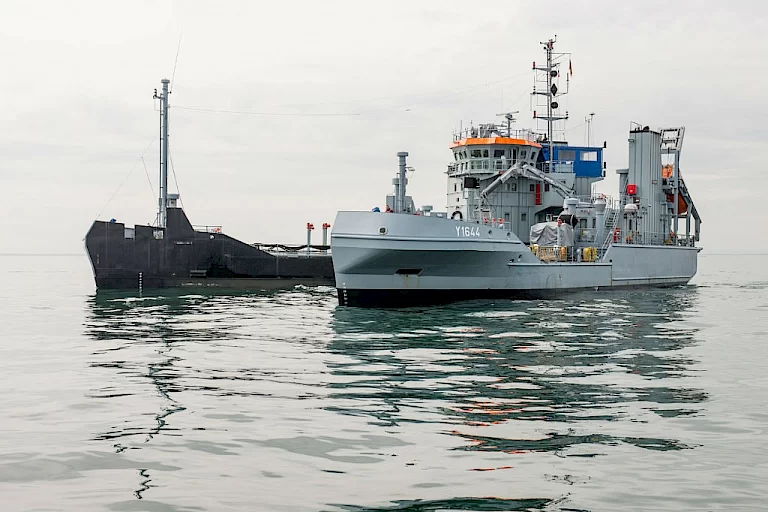Counter Pollution Exercises
Bonn Agreement countries need to meet international and European obligations to ensure that they are prepared to respond in the event of pollution incidents or to a threat of pollution. Contracting Parties work together to ensure the knowledge, planning, training and operational testing of emergency systems is in place to ensure effective preparedness.
Within the Bonn Agreement there are several types of joint exercises (BONNEX) for co-operation in combating spillages into the sea. These are outlined in detail in the Counter Pollution Manual.
BONNEX BRAVO: Alarm Exercise
The aim of the exercise is to test the agreed notification procedures for reporting, requesting and providing assistance through the POLREP system. This also includes the use of EU platforms such as SafeSeaNet and CECIS Marine. The exercise is held on an annual basis.
BONNEX CHARLIE: Equipment Exercise
The purpose of this exercise is to test the co-operation between combating units of the Contracting Parties with respect to both communication and equipment. These exercises are generally undertaken directly between two or more countries with bordering response zones. They are not held regularly.
BONNEX DELTA: Response Exercise
This is the main counter pollution response exercise which is regularly undertaken by the Bonn Agreement. It involves all aspects of response to pollution including communication, coordination, surveillance and response at sea. Vessels and aircraft personnel from participating countries meet and are presented at the exercise briefing with a realistic counter pollution response scenario that evolves during the exercise. The exercise is usually run for 24 hours followed by a debriefing session.

